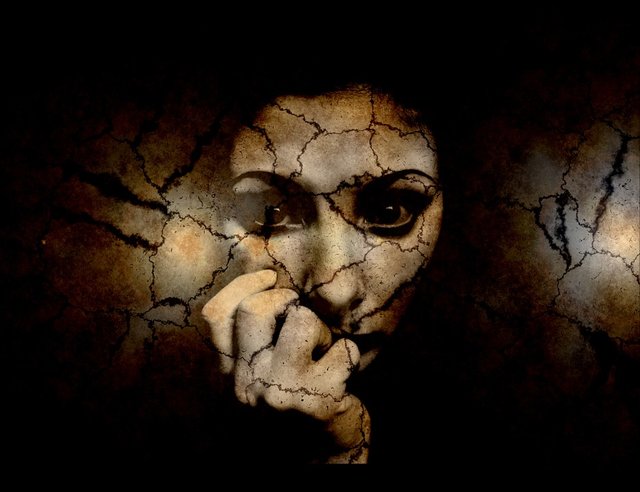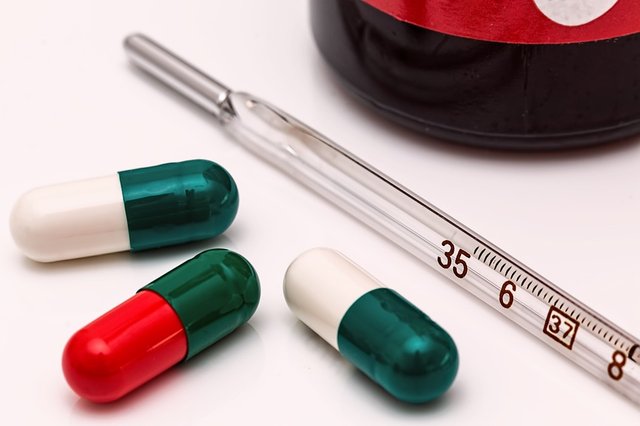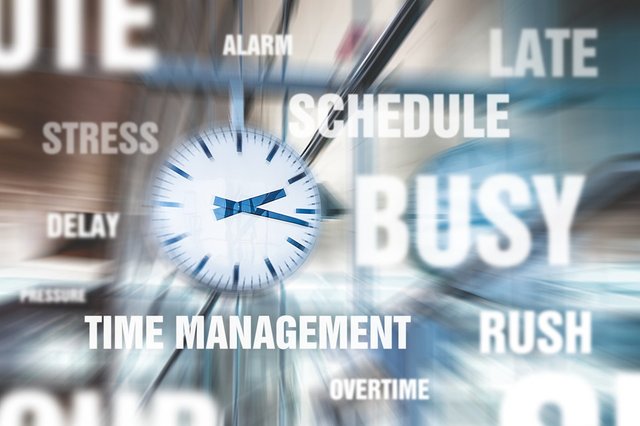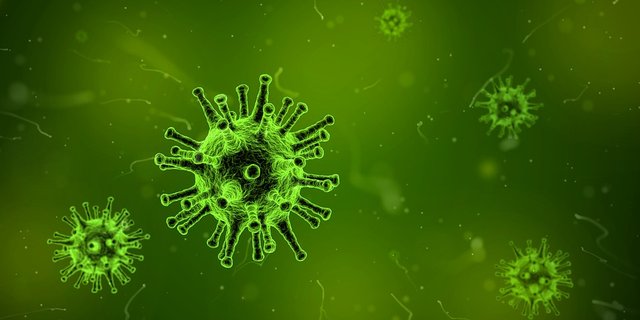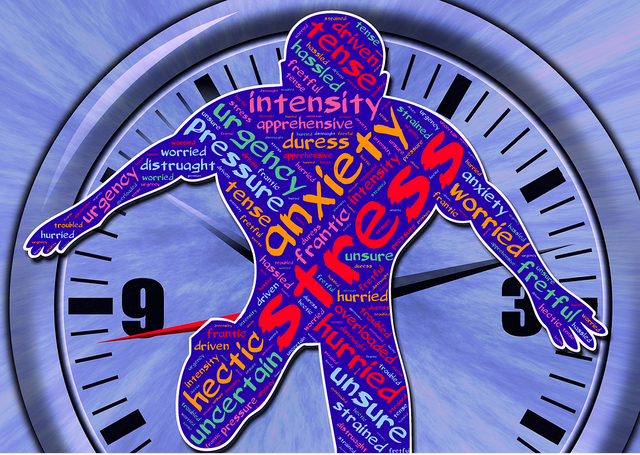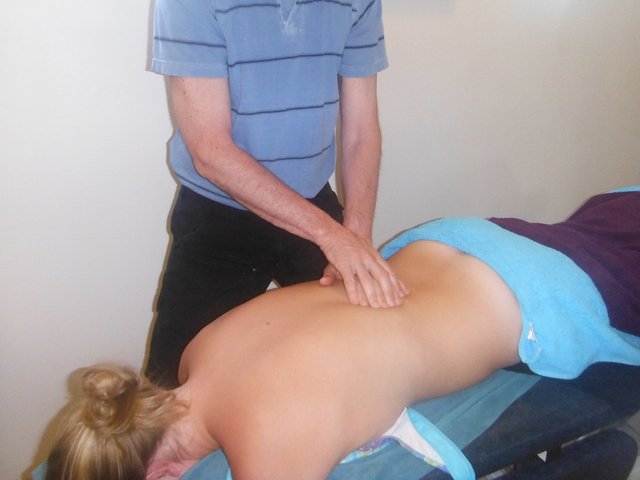Panic attack, here what to do
A video to understand what panic attacks are and how you can live with this problem.
According to the Diagnostic and Statistical Manual of Mental Disorders, the panic attack is a period of intense fear or discomfort accompanied by at least 4 physical or psychological symptoms. The attack has a sudden beginning, quickly reaches its peak (usually in 10 minutes or less), and is often accompanied by a sense of danger or imminent catastrophe and urgent need to move away.
The 13 symptoms are:
• palpitation; palpitations; tachycardia; sweating; fine tremors or great tremors;
• difficulty breathing; feeling of suffocation; feeling of asphyxiation; pain or discomfort in the chest; nausea; abdominal disorders;
• the feeling of heel, instability, light head or fainting;
• decreolization ( sense of unreality ); depersonalization (being detached from oneself);
• Fear of losing control or going crazy; fear of dying; paraesthesia (sensation of numbness or tingling); chills; hot flashes.
Causes and types of panic attack
In general, the panic attack is unexpected, that is not associated with a specific situation. Over time the characteristics of panic evolve and these crises can gradually connect to particular conditions. In fact, there are three types of panic attacks that are characterized by different types of relationships between the onset of the attack and the presence and absence of triggering factors:
• Unexpected panic attacks when there are no triggering factors
• Panic attacks caused by the situation when the onset manifests immediately after exposure or in anticipation of the triggering situational factor. The patient has a panic attack every time a given situation is presented to him
• Situation-sensitive panic attacks: they are more likely to occur after exposure to a situational trigger, but are not invariably associated with the stimulus or do not necessarily manifest during exposure.
When does the panic attack become a disorder?
The incidence of Panic Disorder in the population is between 1.5% and 3.5 %; depending on the reference statistics, and is spread between 1.6% and 2.9% for women and between 0.4% and 1.7% for men.
About 30% of the general population has had or will have at least one panic attack during their lifetime.
It is not clear what the mechanism is established only within those subjects who will develop a panic disorder, both in psychopathological terms and in terms of characteristics of the subject that make it vulnerable to that pathology.
In fact, a panic attack is not a psychiatric disorder to be treated, unless it becomes the central element of that person's life by organizing its existence, making it feel perennially at the mercy of a new attack, fueling that sense of fragility that distinguishes these people.
The development of the disease
The first panic attack that a subject experiences usually consists of an unexpected panic attack. The onset is therefore not linked to a particular stimulus or to a situational triggering factor.
Precisely because it is unexpected and imponderable in its gravity, the patient is not able to bring the attack back to an element of plausibility. The patient experiences a sense of non-control over his own psycho-physical condition and is overwhelmed, even with respect to possible physical consequences. The unexpected panic attack is, therefore, an extremely stressful experience both physically and mentally, which can generate in the subject a strong feeling of fragility and loss of well-being.
And it is precisely this that leads to an anticipatory anxiety, or fear of fear, which can have serious consequences on the life of the subject.
In fact, it is thought that the appearance of anticipatory anxiety increases the likelihood of having other panic attacks through the implicit formulation of thoughts on the uncontrollability and catastrophic of the feared event, and can lead to the transition between panic attack and panic disorder.
This strong feeling of fragility can also be accompanied by hypochondria, ie a distortion of the normal sensations that come from within the body, mistakenly interpreted as symptoms of serious illness.
The phobic avoidance that leads the individual to avoid situations in which the panic attack could occur appears. This reduces the likelihood of experiencing a further attack but reinforces the phobic avoidance behavior.
The "march of panic" then proceeds with the appearance of a strong feeling of demoralization in the subject itself. Moreover, phobic avoidance can lead the individual to fall into the spiral of substance use and abuse.
Panic attacks, according to the behaviorist theory, represent an unconditional stimulus that, if repeatedly associated with an intrinsically neutral stimulus, as the places and situations in which the subject experiences attacks, gives the latter the potential to evoke an answer conditioning, which manifests itself through avoidance behaviors.
How to cure?
Short-medium term therapeutic results, obtained with various approaches, are more than satisfactory with percentages of remission of the disorder around 90%. Given these data, in the follow-up studies the most optimistic results show that only 45% of patients will retain not so much remission, but even a clinical improvement of the symptomatology two years after the start of treatment.
Panic disorder is, therefore, a problem not to be underestimated. For this reason, the treatment plan often includes the integration between pharmacological, psychological and behavioral care, working together with the patient to eliminate their sense of fragility.
The choice of treatment must depend on an individualized assessment of the effectiveness, benefits, and risks of each modality and the personal preferences of the patient, which also include taking into account the different costs of treatment.
The treatment, which can be pharmacological, psychological, psychotherapy
